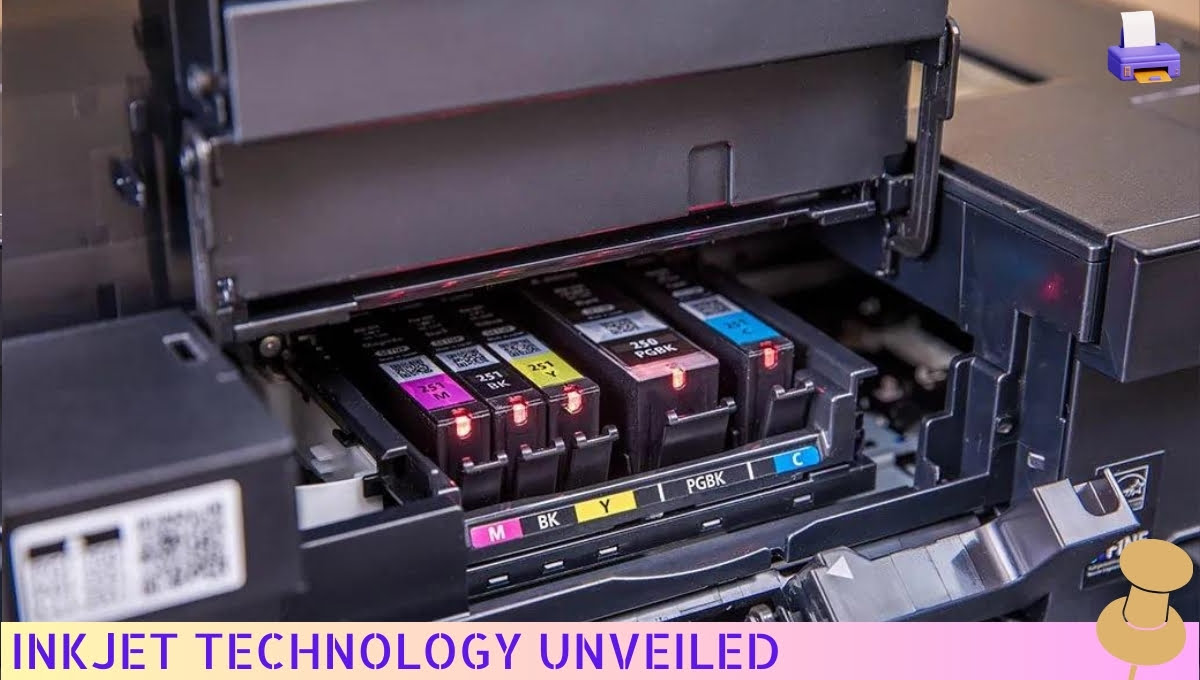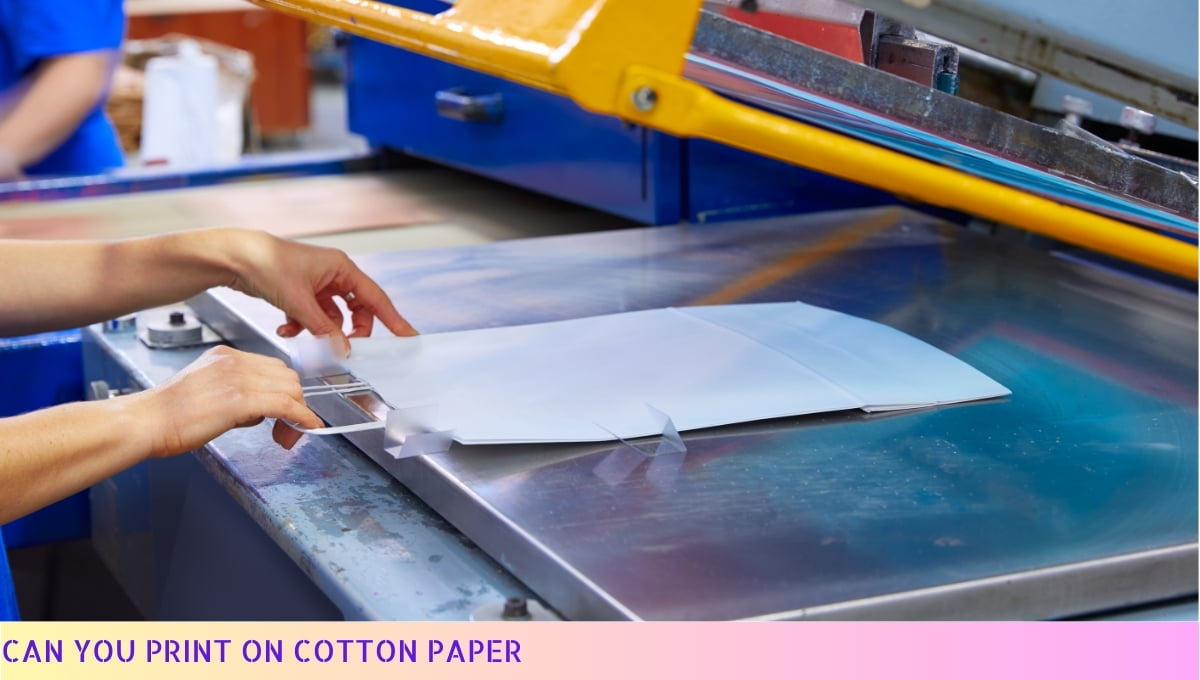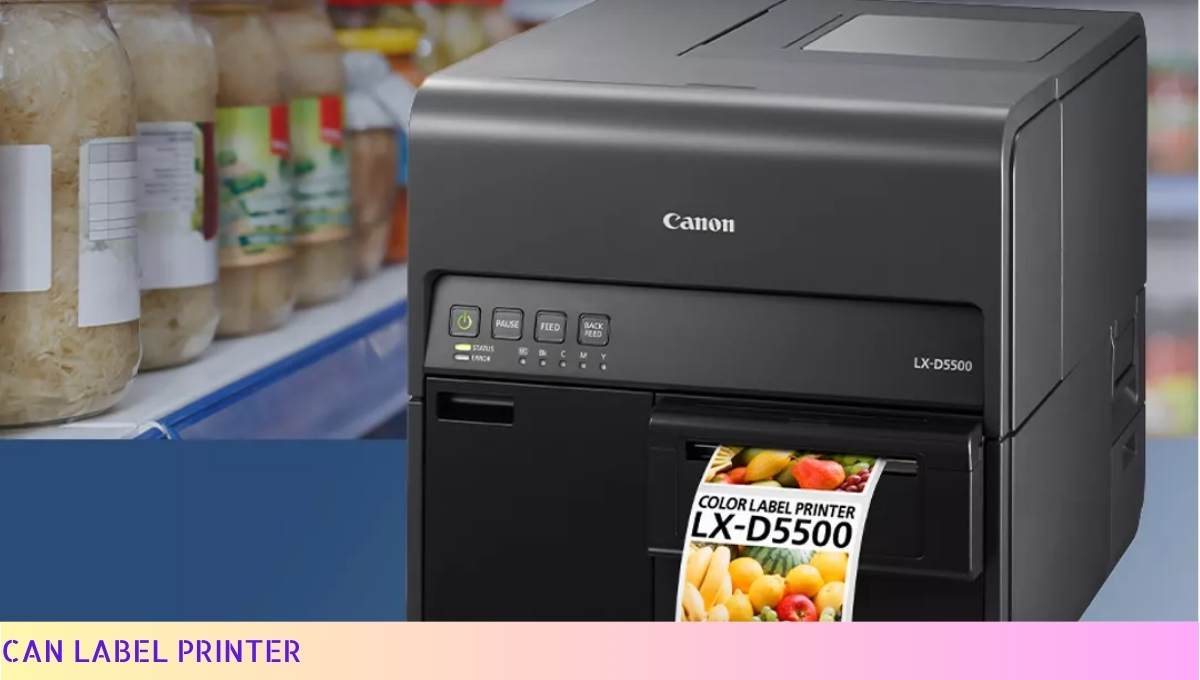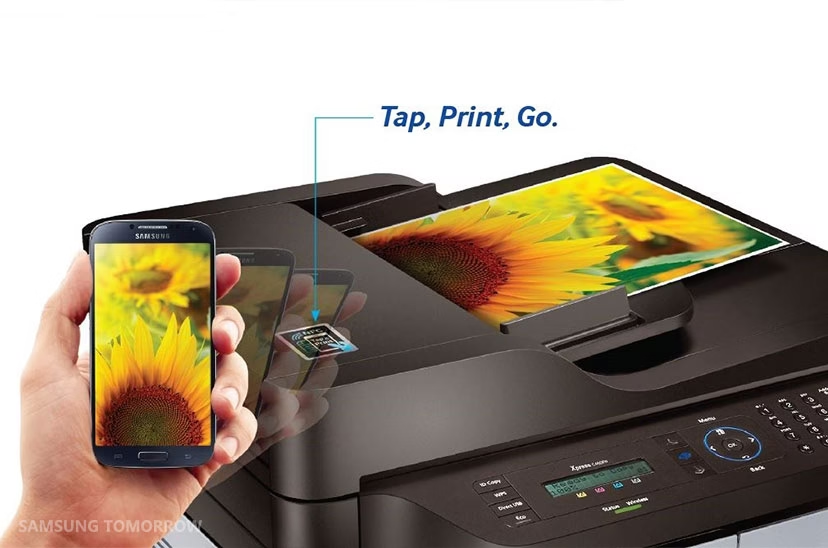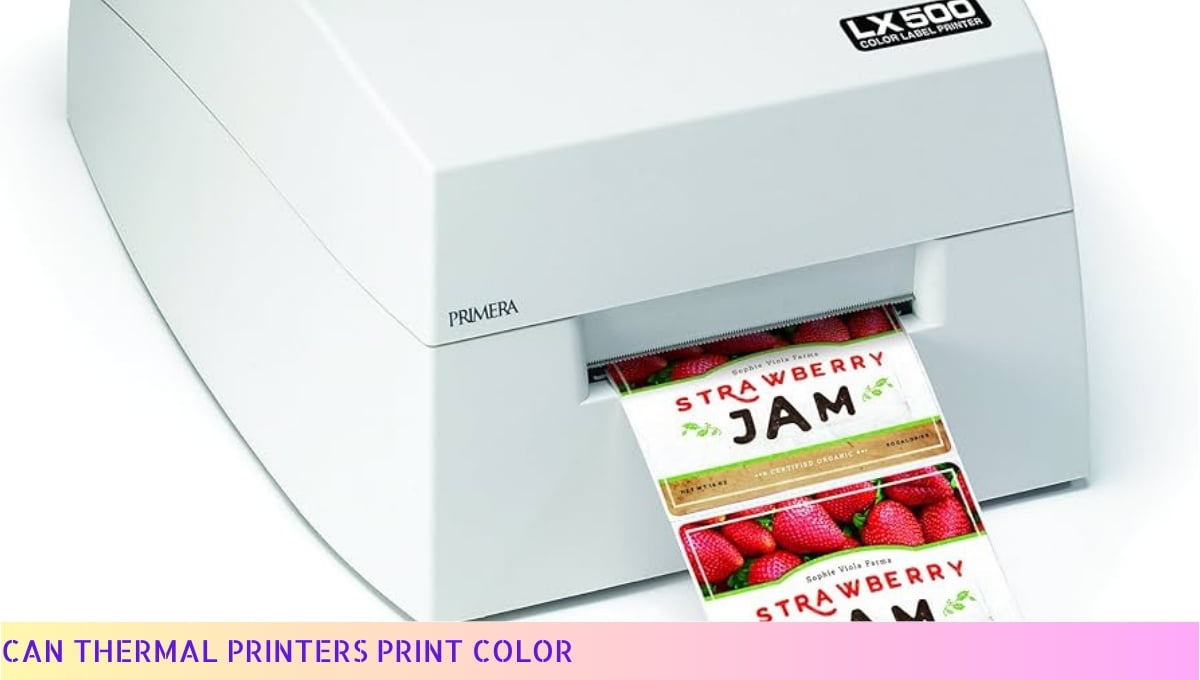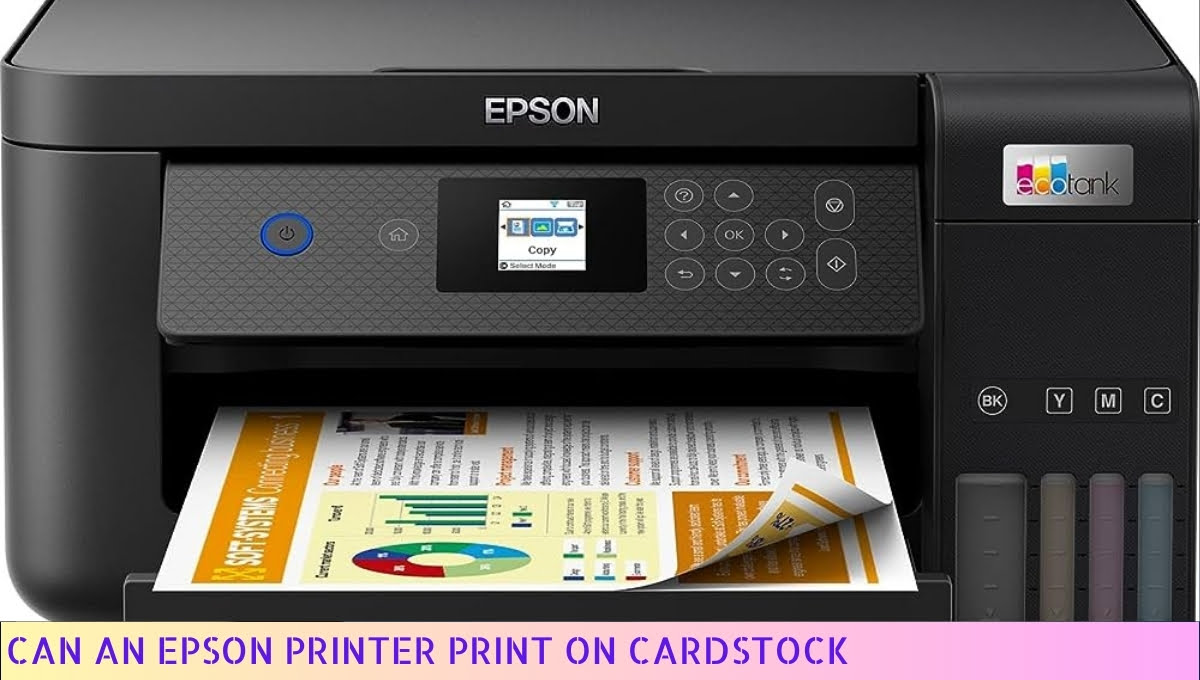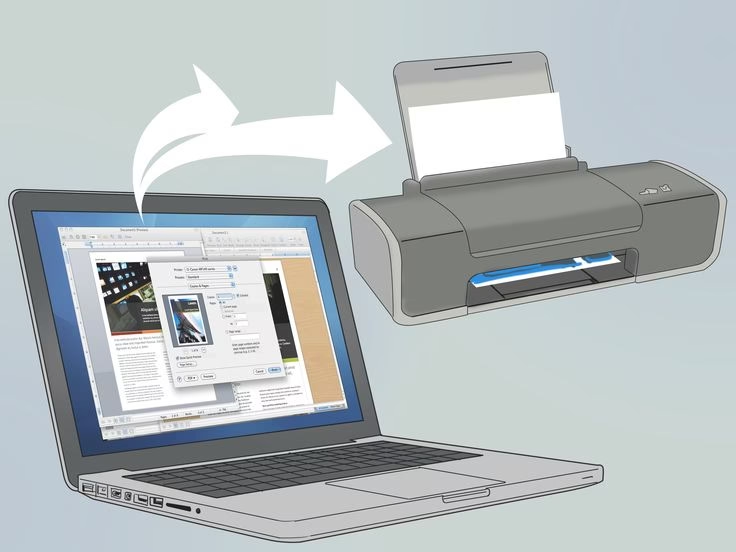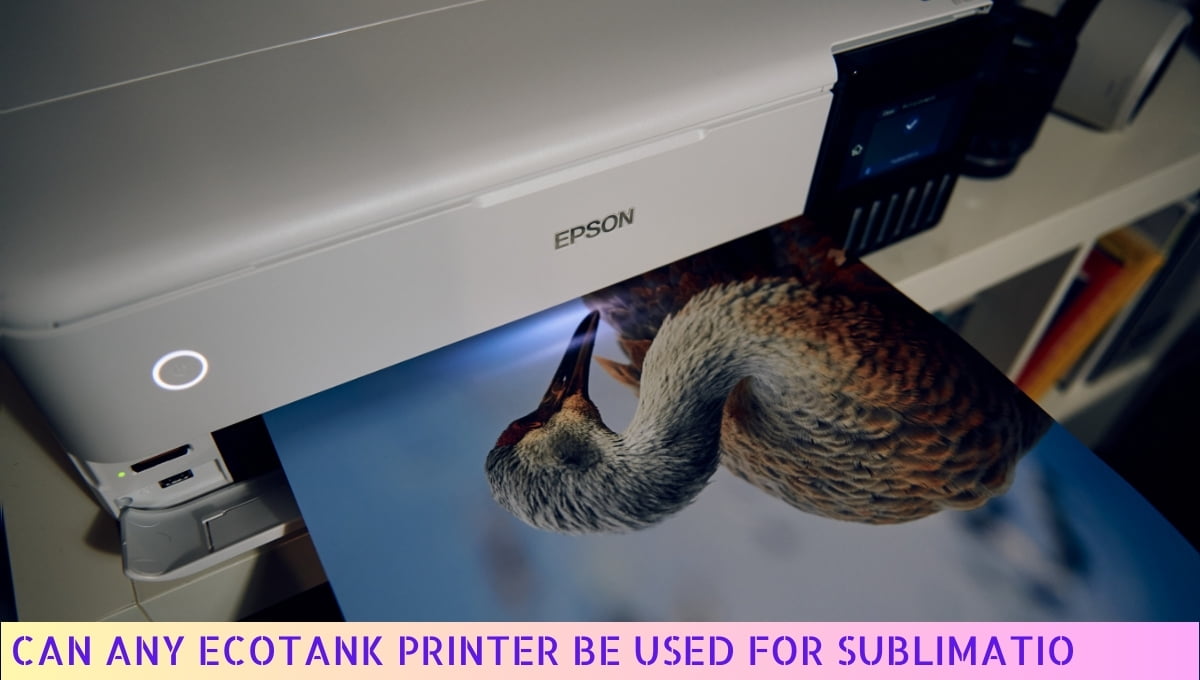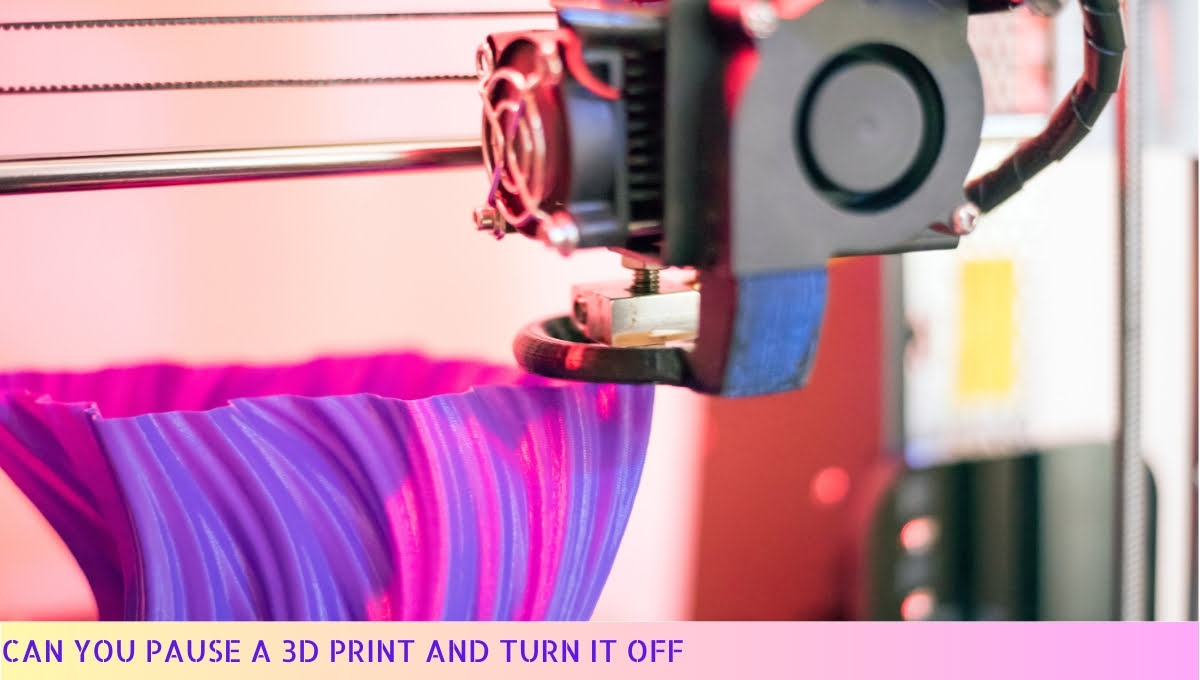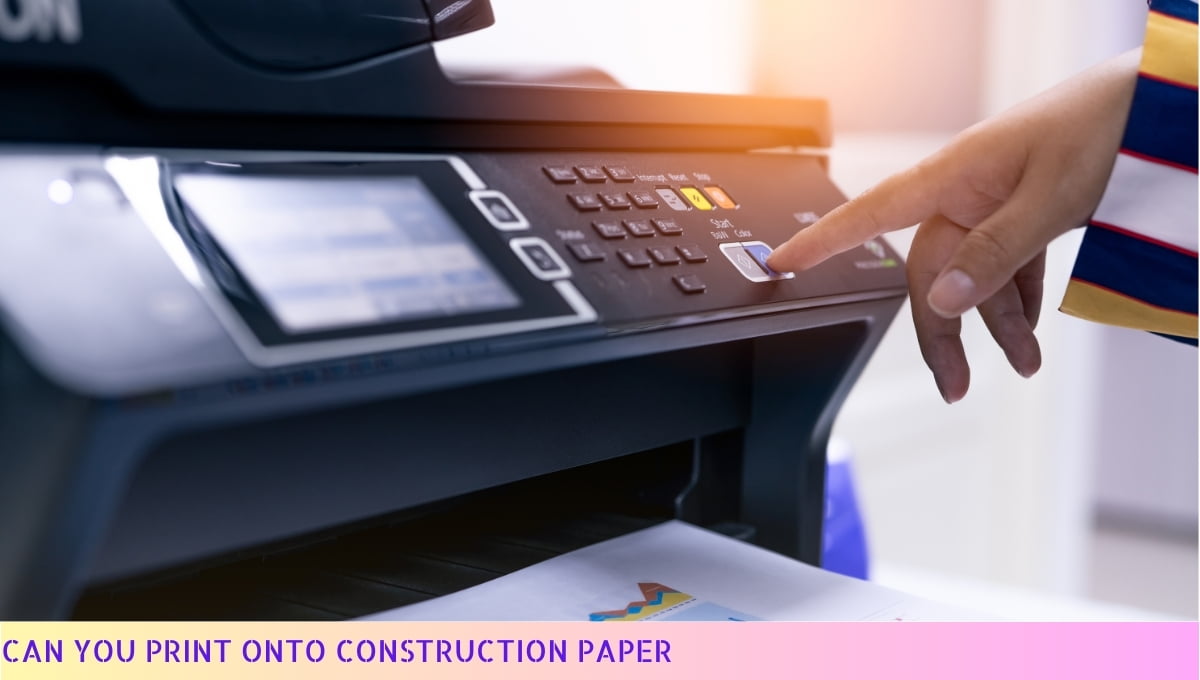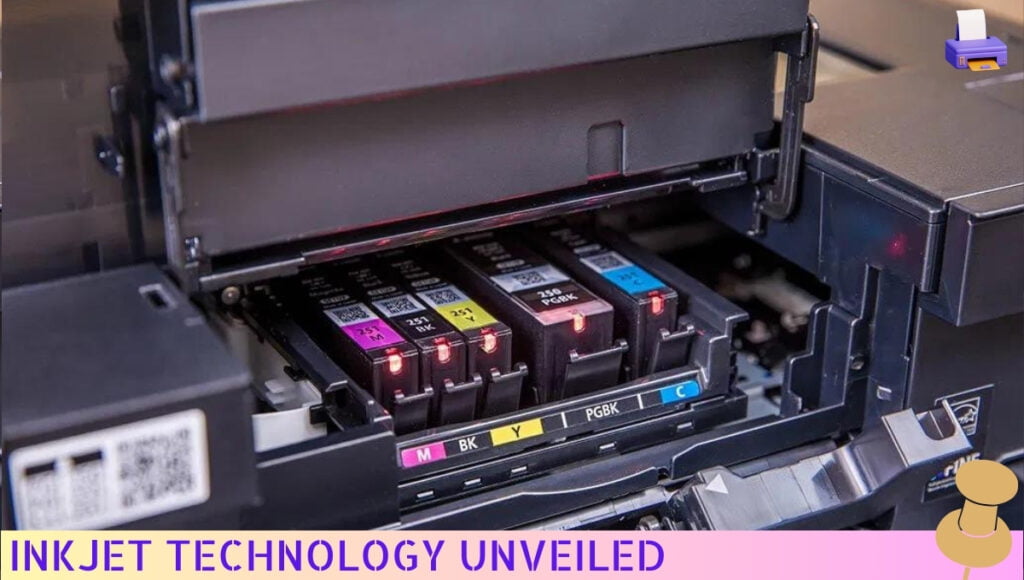
Inkjet technology has revolutionized the printing industry by offering efficient and high-quality printing solutions.
Inkjet technology has come a long way since its inception in the 1950s, evolving from simple dot matrix printers to sophisticated inkjet printers capable of producing sharp images and vibrant colors.
This technology works by propelling tiny droplets of ink onto the paper, creating precise and detailed prints.
Inkjet printers have become a popular choice for both home and office use due to their affordability, versatility, and ability to produce high-resolution prints.
I. The Evolution of Printing Technology
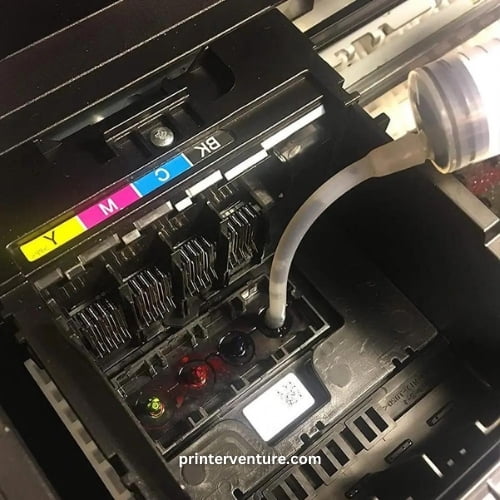
Printing technology has come a long way, my friend. From the ancient days of hand-carved wooden blocks to the high-tech marvels we have today, the world of printing has seen some serious changes.
And right in the heart of this evolution is inkjet printing, a game-changer that has revolutionized the way we put words and images on paper.
1. The Birth of Inkjet Printing
Now, let me take you back to the 20th century, a time when typewriters were all the rage and dot matrix printers ruled the roost.
It was during this era that inkjet printing burst onto the scene, like a shooting star in the night sky. In the early days, it was a bit of a novelty, but boy, did it catch on like wildfire!
2. Inkjet Printing: How Does It Work?
Alright, buckle up and get ready for a crash course in inkjet printing 101. The magic of inkjet lies in its ability to spray tiny droplets of ink onto paper, creating those sharp and vibrant prints we all love.
It’s like a mini fireworks show happening right in your printer!
So, here’s the lowdown on how it works. Picture this: you’ve got a printhead with teeny-tiny nozzles that act like little ink cannons.
These nozzles shoot out ink droplets onto the paper, guided by a complex system of electrical signals. It’s like a synchronized dance, with each nozzle playing its part to perfection.
Now, hold your horses, because we’re not done yet. You see, the ink itself is a key player in this printing extravaganza.
It’s a special concoction that’s designed to dry quickly and stick to the paper like glue. That way, you get those crisp, smudge-free prints that make your eyes pop!
3. Inkjet Technology: Advancements and Future Prospects
Inkjet technology has come a long way since its humble beginnings. These days, we’ve got printers that can churn out stunning photos, vibrant posters, and even 3D models! It’s like having a mini printing press right on your desk.
But wait, there’s more! The future of inkjet printing is looking brighter than ever. Researchers and tech wizards are constantly pushing the boundaries, exploring new possibilities.
We’re talking about printers that can print on just about anything, from fabric to glass. It’s like a whole new world of printing possibilities opening up before our very eyes.
So, my friend, the next time you hit that print button, take a moment to appreciate the wonders of inkjet printing. It’s a technology that’s come a long way, and it’s only getting better.
So keep those printers humming and those creative juices flowing. The world is your canvas, and inkjet is your paintbrush!
II. The Birth of Inkjet Printing

When it comes to printing technology, one name that stands out is inkjet printing. It revolutionized the way we print documents, photos, and more.
But have you ever wondered how this incredible technology came into existence? Let’s take a journey back in time to explore the birth of inkjet printing.
In the late 1940s, a brilliant engineer named Dr. Hymen Lipman filed a patent for the first inkjet technology. However, it wasn’t until the 1970s that inkjet printers started to gain popularity.
The breakthrough came with the development of thermal inkjet technology by Hewlett-Packard (HP).
Thermal inkjet technology works by using tiny heating elements to heat the ink and create small bubbles. These bubbles then force the ink droplets onto the paper, creating the desired image or text.
This innovative technology allowed for faster and more precise printing, making it a game-changer in the printing industry.
As inkjet printers became more advanced, they started to offer color printing capabilities. This was achieved by incorporating multiple ink cartridges, each containing a different color of ink. The printer would mix these colors to create a wide range of vibrant and accurate hues.
With the rise of personal computers in the 1980s, inkjet printers became more accessible to the general public. People could now print their documents and photos from the comfort of their homes, without the need for expensive printing services.
Over the years, inkjet printing technology has continued to evolve. The introduction of drop-on-demand technology allowed for even more precise and efficient printing. This technology only ejects ink droplets when necessary, reducing ink wastage and improving overall print quality.
Today, inkjet printers have become a staple in homes, offices, and businesses worldwide. They offer high-quality prints, fast printing speeds, and a wide range of applications.
From printing documents and photos to creating marketing materials and even fabric printing, inkjet technology has truly revolutionized the way we print.
Looking ahead, the future of inkjet printing holds even more exciting possibilities. With advancements in 3D printing and nanotechnology, inkjet printers may soon be capable of printing complex three-dimensional objects and even micro-scale structures.
The potential applications of this technology are endless, from healthcare to aerospace and beyond.
Inkjet printing has come a long way since its humble beginnings. From the pioneering work of Dr.
Hymen Lipman to the advancements made by companies like HP, inkjet technology has transformed the printing industry. With its versatility, precision, and potential for future advancements, inkjet printing is here to stay.
III. Inkjet Printing: How Does It Work?
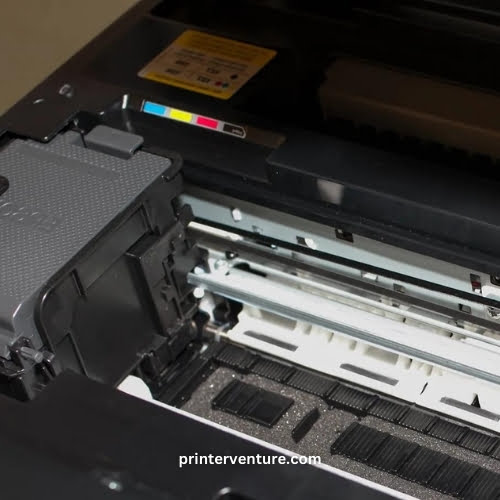
Inkjet printing is a fascinating technology that has revolutionized the way we print documents and images.
It works on a simple yet ingenious principle that involves the precise delivery of tiny droplets of ink onto a variety of surfaces, such as paper, fabric, or even plastic.
1. The Inkjet Printing Process
At the heart of an inkjet printer is a printhead, which contains numerous tiny nozzles that emit the ink droplets. These nozzles are controlled by a complex system of electrical signals, which determine the timing and amount of ink released.
When you give the print command, the printer receives the digital information and translates it into a series of electrical signals.
These signals activate the nozzles, causing them to expel precise amounts of ink onto the paper in a specific pattern. This pattern is determined by the image or text being printed.
2. The Two Main Types of Inkjet Printing
There are two main types of inkjet printing: continuous inkjet (CIJ) and drop-on-demand (DOD).
Continuous inkjet printing involves a continuous stream of ink droplets being emitted from the nozzles. These droplets are then selectively charged or deflected by electrical fields to create the desired pattern on the printing surface.
Drop-on-demand printing works slightly differently. In this method, the ink droplets are only released when needed. The printhead contains a chamber filled with ink, and when a droplet is required, a pressure pulse is applied to the chamber, forcing a droplet out of the nozzle and onto the paper.
3. The Advantages of Inkjet Printing
Inkjet printing offers several advantages over other printing technologies. Firstly, it allows for high-resolution printing, producing sharp and detailed images and text. Secondly, it is a versatile technology that can be used on various surfaces and materials, making it suitable for a wide range of applications.
Additionally, inkjet printers are generally more affordable and compact compared to other types of printers, making them accessible to both individuals and businesses.
4. The Future of Inkjet Technology
The field of inkjet printing is constantly evolving, with researchers and engineers working on new advancements and innovations. One area of focus is the development of faster and more efficient inkjet printers, capable of delivering high-quality prints at even greater speeds.
Another area of interest is the expansion of inkjet printing to new materials, such as ceramics and metals, opening up new possibilities for industries like manufacturing and design.
Overall, inkjet printing has come a long way since its inception, and it continues to be a vital technology in the world of printing. Its versatility, precision, and affordability make it a preferred choice for many individuals and businesses alike.
IV. Inkjet Technology: Advancements and Future Prospects

Over the years, inkjet printing technology has made significant advancements, revolutionizing the way we print documents and images. With its ability to produce high-quality prints at affordable costs, inkjet printers have become a popular choice for both personal and professional use.
One of the key advancements in inkjet technology is the development of piezoelectric inkjet printing. Unlike traditional thermal inkjet printing, which uses heat to create droplets of ink, piezoelectric inkjet printing utilizes electrically charged crystals to eject ink droplets onto the paper.
This technology allows for greater control over the size and placement of the ink droplets, resulting in sharper and more precise prints.
Another area of advancement in inkjet technology is the improvement of ink formulations. Manufacturers have been continuously developing inks that offer better color accuracy, fade resistance, and water resistance.
These advancements have made inkjet prints more durable and long-lasting, making them suitable for a wide range of applications, including photography and archival printing.Furthermore, inkjet printers have also seen improvements in print speed and efficiency. With the introduction of faster print heads and optimized printing algorithms, inkjet printers can now produce prints at a much faster rate.
This has made them more suitable for high-volume printing tasks, such as in offices or commercial printing facilities.
In addition to these advancements, the future of inkjet technology holds even more promising prospects. 3D inkjet printing is an emerging field that aims to bring the benefits of inkjet technology to the world of three-dimensional printing.
This technology has the potential to revolutionize industries such as manufacturing, healthcare, and architecture, allowing for the creation of complex and customized objects with ease.
Moreover, researchers are also exploring the use of nanoparticle-based inks in inkjet printing. These inks contain tiny particles that can be precisely deposited onto the printing surface, opening up new possibilities for printing electronic circuits, sensors, and even biological materials.
This development could lead to the creation of advanced printed electronics and biomedical devices.
Iinkjet technology has come a long way since its inception. With advancements in piezoelectric printing, ink formulations, print speed, and efficiency, inkjet printers have become a reliable and versatile printing solution.
Looking ahead, the future of inkjet technology holds even greater possibilities, with advancements in 3D printing and nanoparticle-based inks paving the way for new applications and innovations.
Frequently Asked Questions about Inkjet Technology Unveiled
1. What is inkjet technology?
Inkjet technology is a printing method that uses small droplets of ink to create images or text on various surfaces such as paper, plastic, or fabric.
2. How does inkjet technology work?
Inkjet printers work by propelling tiny droplets of ink onto the printing surface through a series of nozzles. These droplets are precisely controlled to form the desired image or text.
3. What are the advantages of inkjet printing?
Inkjet printing offers several advantages, including high-quality prints, the ability to print on a wide range of surfaces, cost-effectiveness for small print runs, and the option to print in color.
4. Are there different types of inkjet printers?
Yes, there are different types of inkjet printers, including desktop inkjet printers for personal use, wide-format inkjet printers for large-scale printing, and industrial inkjet printers for specialized applications.
5. Can inkjet printers print photos?
Yes, inkjet printers are widely used for printing high-quality photos. They can produce vibrant colors and sharp details, making them a popular choice for photographers and photo enthusiasts.
6. Is inkjet printing waterproof?
The water resistance of inkjet prints depends on the type of ink and paper used. Some inkjet prints may be susceptible to water damage, while others are designed to be water-resistant or even waterproof.
7. How long do inkjet prints last?
The longevity of inkjet prints can vary depending on factors such as the quality of ink and paper used, environmental conditions, and proper handling. However, with proper care, inkjet prints can last for several decades.
8. Can inkjet printers print on fabric?
Yes, there are inkjet printers specifically designed for printing on fabric. These printers use specialized inks and techniques to ensure the ink adheres well to the fabric and produces durable prints.
9. Are there any environmental considerations with inkjet printing?
Inkjet printing generally has a lower environmental impact compared to other printing methods. It consumes less energy, produces less waste, and uses fewer chemicals. However, it’s important to properly dispose of ink cartridges and consider eco-friendly ink options.
10. How has inkjet technology evolved over time?
Inkjet technology has undergone significant advancements since its inception. Printers have become faster, more efficient, and capable of higher resolutions. The range of printable materials has also expanded, allowing for more diverse applications.
Wrapping Up: Inkjet Technology Unveiled
As I reflect on the journey through printing’s past, it becomes clear that inkjet technology has played a pivotal role in revolutionizing the way we print.
From its humble beginnings in the 1950s to the advanced systems we have today, inkjet technology has consistently evolved to meet the demands of the printing industry.
With its ability to produce high-quality prints at affordable costs, inkjet technology has become a preferred choice for both businesses and individuals alike.
As we move forward, it is exciting to think about the possibilities that lie ahead for inkjet technology and the continued advancements it will bring to the world of printing.

